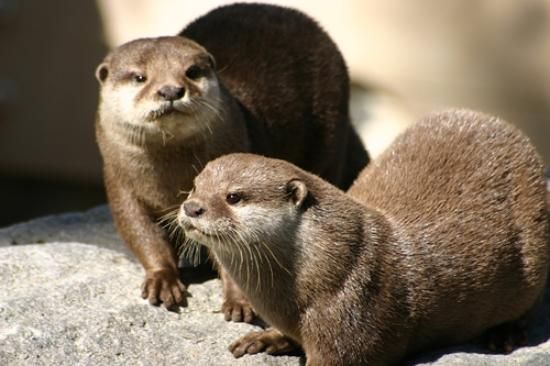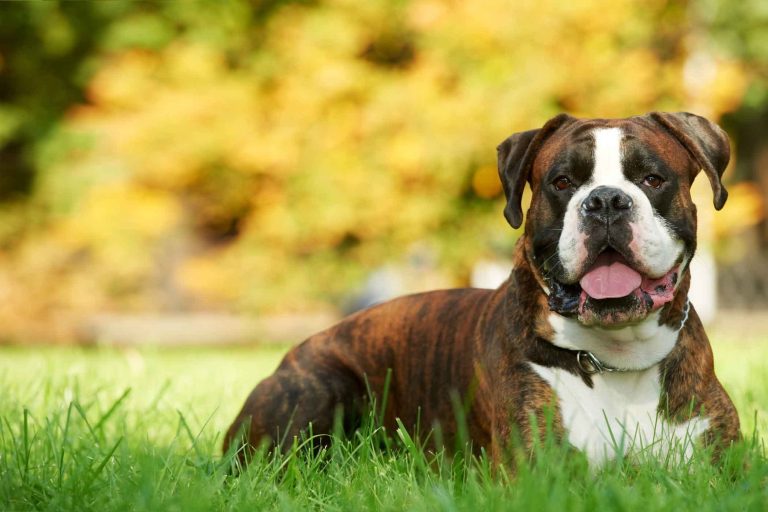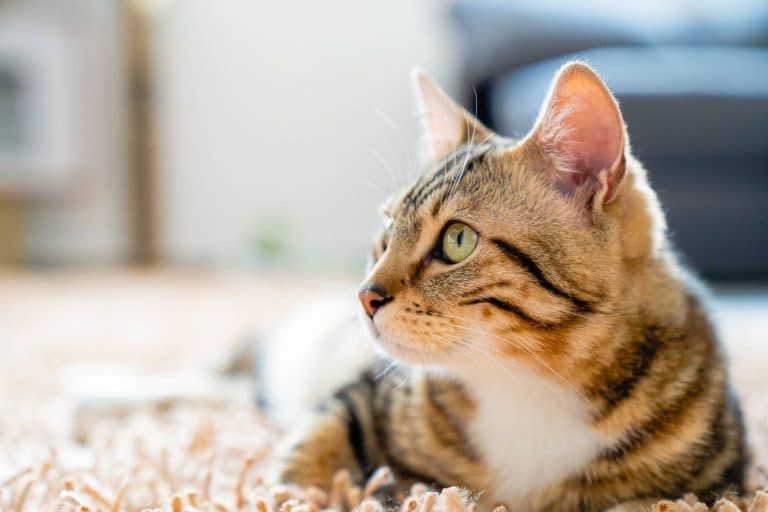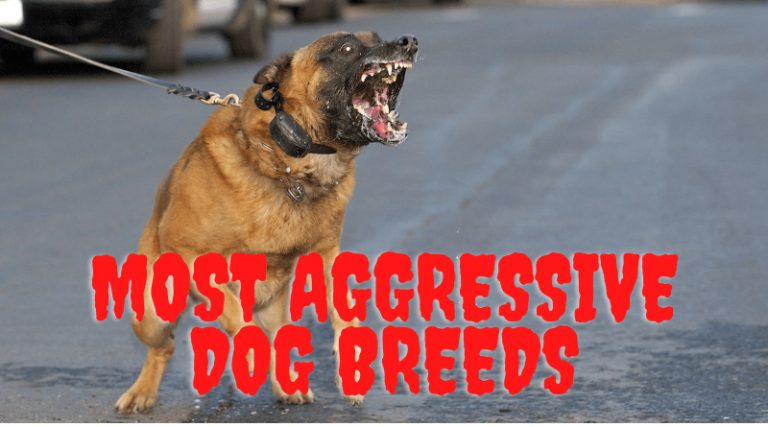A Complete Guide to Pet Otters
Otters are cute mammals that live in both water and land. Their playful behavior and attractive looks have won the hearts of many people. Even though otters usually live in the wild, some people are interested in having one as a pet, which draws them into the magical world of these fascinating animals.
As part of this in-depth guide, we look into the world of pet otters, including where they fit in the animal kingdom, the types that are usually kept as pets, their complicated bodies and how they behave in the wild, the legalities and challenges of owning an otter, the duties and difficulties of having one as a pet, and more.
Join us on an entire trip to learn about pet otter, their unique world, and how they look and make us feel about moral and practical issues when we bring them into our homes.
Classification of Semi-Aquatic Otters into their Groups
Otters are beautiful animals. They are in the same family as well-known species like weasels, badgers, and minks, which are called Mustelidae. Otters are unique in this large and varied family because they are semi-aquatic animals ideally suited to living in and near water.
The different otter species live in the subfamily Lutrinae. There are 13 different types of otters in other parts of the world. Each pet otter species has unique traits and features that have helped it do well in its environment over millions of years.
The Asian small-clawed otter is sleek and quick, and the North American river otter is friendly and playful. These fantastic animals show us how water adaptation and survival work.
Types of Otters That Can Be Kept as Pets
To understand the complicated world of otters and whether you can pet them, we need to look closer at their bodies and learn how they work. Otters are amazing animals that are adapted to living in water and land.
1. The Asian Small Clawed Otter (Aonyx cinereus)
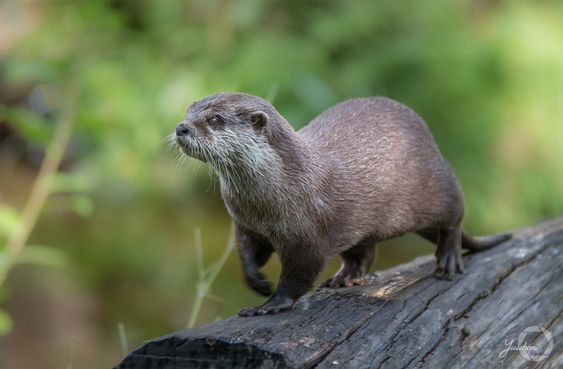
It is the tiniest type of otter, also called the Oriental small-clawed otter. Some people think Asian small-clawed otters are easier to care for than others because they are smaller and friendlier. They have very flexible fingers and a perfect sense of touch, which they use to catch foods in the wild.
Because these otters are very social and usually live in large families, they are used to being around people when they are kept as pets. But their social needs need to be carefully thought through since living alone can cause stress and health problems.
2. The North American River Otter (Lontra Canadensis)
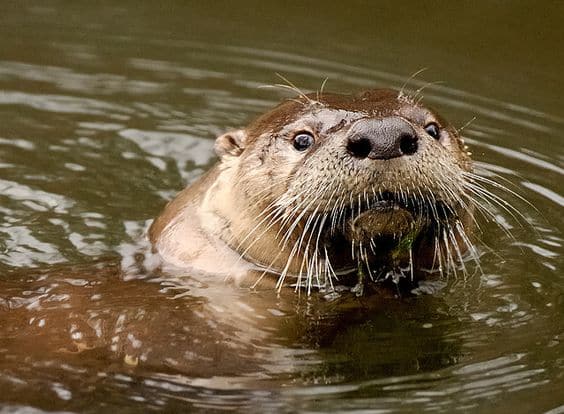
This is native to North America and is another species that people sometimes consider getting as a pet. People like these otters because they are playful and curious. In the wild, they live in many water environments, such as lakes, rivers, and the coast.
Some people may want to keep them because they are good at living in cages and don’t need much care, but it’s important to remember that they have specific dietary and environmental needs that must be met for their health. To keep their minds and bodies active, they must interact with others and do things that add to their lives.
Exploring Otter Animal Facts, Body Parts and Functions
To understand the complicated world of otters and whether they would make good pet otters, we need to look closer at their bodies and how they work. Otters are amazing animals that are adapted to living in water and land.
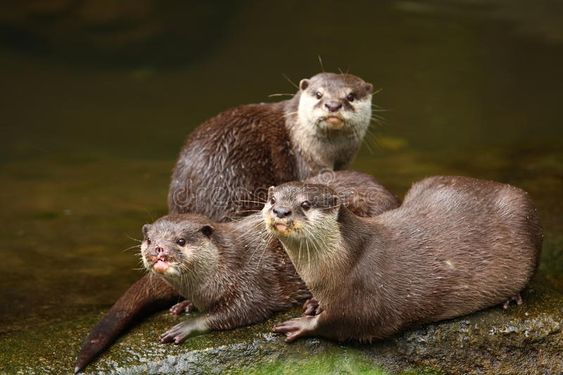
1. Changes in Their Bodies
Otters have a set of physical traits that help them live in and near water. The shape of their bodies makes it easy for them to glide through the water without much resistance. Dense and waterproof fur keeps you warm and floats you off the ground. Otters are different from many other aquatic animals because their feet are webbed, which helps them swim, and they have sharp claws to clean themselves and catch food.
2. Respiratory Adaptations
One of the most exciting things about otters’ bodies is that they can hold their breath underwater for an extended time. They can stay underwater while hunting fish, crustaceans, and other aquatic food because their lungs are big and their oxygen exchange systems work well. When otters are underwater, they can close their noses and ears to keep water out and a complete seal.
3. Dietary Changes
Because otters are carnivorous hunters, their teeth have changed to reflect this. They have strong, sharp teeth meant to grab, crush, and tear prey. Most of the time, they eat fish, crustaceans, amphibians, and sometimes small animals.
4. Sensory Adaptations
Otters use their sharp senses to find their way around. They can see both above and below the water, which helps them hunt. Their sensitive whiskers, called vibrissae, pick up on vibrations and move in the water, which allows them to find prey even when the water is cloudy. Excellent hearing helps them find possible dangers and talk to other otters.
An Overview of The Ecology and Behavior of The Otter
If you want a pet otter, you must know much about their environment and how they act. These amazing animals are very connected to the places they live in the wild, and their habits and adaptations are ideally suited to living in water.
1. Ecology of Otters
Otters are very flexible animals living in many different water settings worldwide. In addition to being top-level predators, they play essential parts in the ecosystems where they live. They are often called indicator species because they show how healthy the ecosystems are. Otters are significant for keeping aquatic environments balanced because they control the populations of their main prey, fish and crustaceans. Their appearance or absence can show that the water quality or the health of their habitat has changed.
2. Behavioral Traits
People love otters because they are playful and friendly. People often see them playing in the water, sliding down the sides of rivers, and having fun with each other. These fun actions help them in many ways, like improving their hunting skills, strengthening their family bonds, and lowering stress. Otters communicate a lot with each other. They use sounds, body language, and scent marking to talk to each other and keep their area.
3. Family Time
Otters are known to make close-knit family groups in the wild. Usually, these groups have a mother, her children, and sometimes other people who are connected. Otter moms are very caring, protective, and attentive, and they teach their young how to survive. The children stay with their parents until they are old enough to go out independently.
4. Environmental Sensitivity
Otters are very sensitive to changes in their surroundings, especially water quality. Pollution and habitat loss are major threats to otter numbers because they make prey less available and break down habitats. Protecting the clean waterways and environments that otters need to live in is a big part of conservation efforts.
5. Behaviors Related to Territories
Otters are very territorial animals, and families protect certain parts of waterways. They mark their areas with scents, like secretions from the anal glands, and talk to other nearby otters. Territorial fights between otters happen all the time and can get violent.
Could You Keep a Pet Otter?
The question of whether you can pet an otter is complicated and needs to be looked at in a lot of different ways. Even though otters are naturally cute and exciting, it’s essential to consider whether they would make good pets.
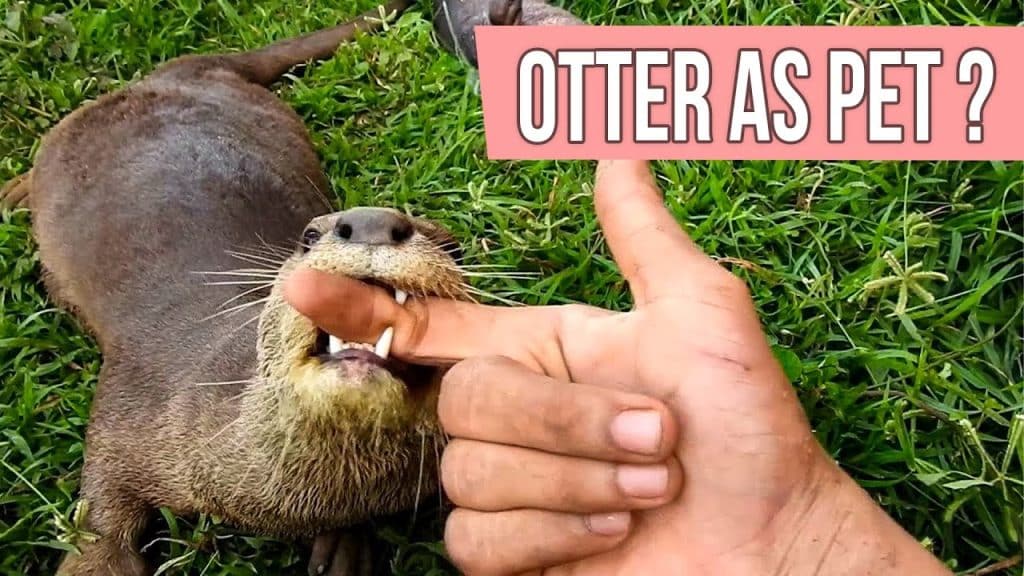
1. The Attrativenss of Otters
Otters are charming, exciting, and cute animals. People worldwide are attracted by their playful acts, friendly personalities, and sleek looks. People who have spent time with otters often say they are charming and fun to be around. But it’s essential to see past their cute faces and know what it takes and what problems can happen if you keep a pet otter.
2. How to Take Care of a Pet Otter
It’s not easy to take care of an otter as a pet. These animals have special needs that differ significantly from most pets. Here are some of the most important things to think about:
- Dietary Needs: Otters have specific meals, including fish, crustaceans, and other animals living in water. It can be expensive and complicated to ensure everyone gets a healthy meal.
- Space and Environment: Otters need a lot of room, especially in semi-aquatic areas. It is essential to ensure that animals can get to water so they can swim, dive, and look for food.
- Interacting with Others: Otters are social animals that love being with others. Leaving them alone can cause worry and behavior problems. It means there needs to be more than one otter or a lot of human contact.
- Behavioral Excitement: Otters need mental and physical excitement because they are very active. Toys, enrichment activities, and chances to play are essential to their health.
Pros and Cons of Having a Pet Otter
To give you detailed and complete otter animal pictures, let’s look at the pros and cons of having a pet otter.
Pros
- Otters are unique and exciting pets that can bring you joy and interest.
- Owning otters can give people and the public chances to learn about these fantastic animals and the need to protect them.
- Responsible ownership and breeding programs can help save otter species, especially those in danger in the wild.
Cons
- Otters need careful care, such as special diets, large enclosures, and social contact.
- Owning an otter is illegal in many places because people are worried about protecting wildlife and being fair to animals.
- Owning an otter can cost a lot of money because they need food, their habitat needs to be maintained, and they need medical care.
Can I have a Pet Otter? States Where You Can Have an Otter as a Pet
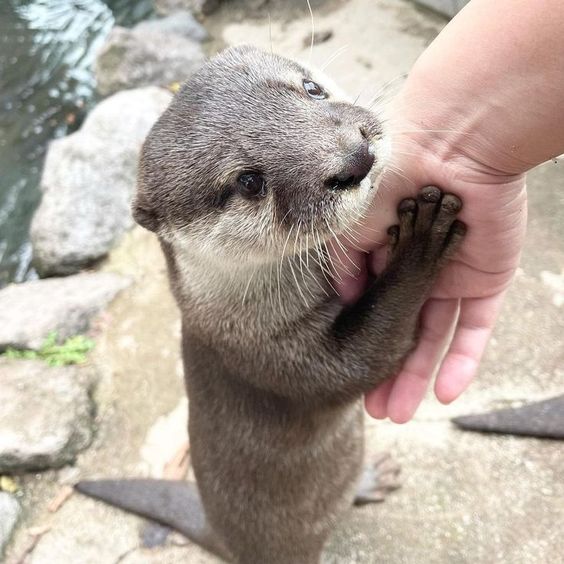
Having a pet otter is not always allowed in some states in the US and other countries worldwide. In the US, some states strictly prohibit otters’ private ownership for ethics and wildlife protection. Some conditions may let it happen with licenses and specific rules, but federal laws like the Lacey Act may still apply.
Laws about owning otters vary from country to country, with some countries outright prohibiting it and others allowing it with strict rules. Before considering getting an otter as a pet, you should look into the laws in your area and across the country. Consider the moral issues of private otter ownership. Some states where you might find otter ownership regulations are:
- Tennessee: Tennessee allows otter ownership with a Class I wildlife permit specific to certain exotic animals only.
- Texas: Texas is known for having relatively lenient exotic pet ownership laws, and it may be possible to own otters there. However, you should still check local regulations and county ordinances
- Arkansas: Arkansas is one of the states where it might be possible to own an otter as a pet, but it typically requires a wildlife breeder/dealer permit.
Major Problems with a Pet Otter
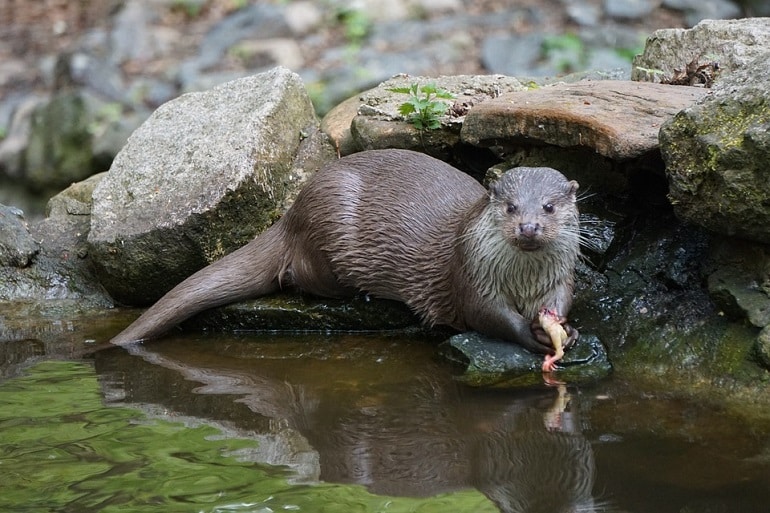
1. Dietary Complexities
Otters eat a specific range of foods, mainly fish, crustaceans, and other watery animals. Meeting their food needs can be hard to plan for and cost money. It’s essential to consider how much this food costs and how easy it is to get.
2. Needs for Space and Habitat
Offers need large, semi-aquatic areas that look like the places they live in the wild. It can be expensive and take up a lot of room to make and keep up these kinds of environments. The water must be adequately filtered and managed to ensure they are healthy.
3. Social Needs
Otters are naturally social animals; they often live together in close-knit family groups in the wild. Not letting them interact with other people can cause stress, worry, and behavior issues. Giving people the social relations or company they need can be complex and take time.
How Long Does a Pet Otter Live as Compared to a Wild Animal?
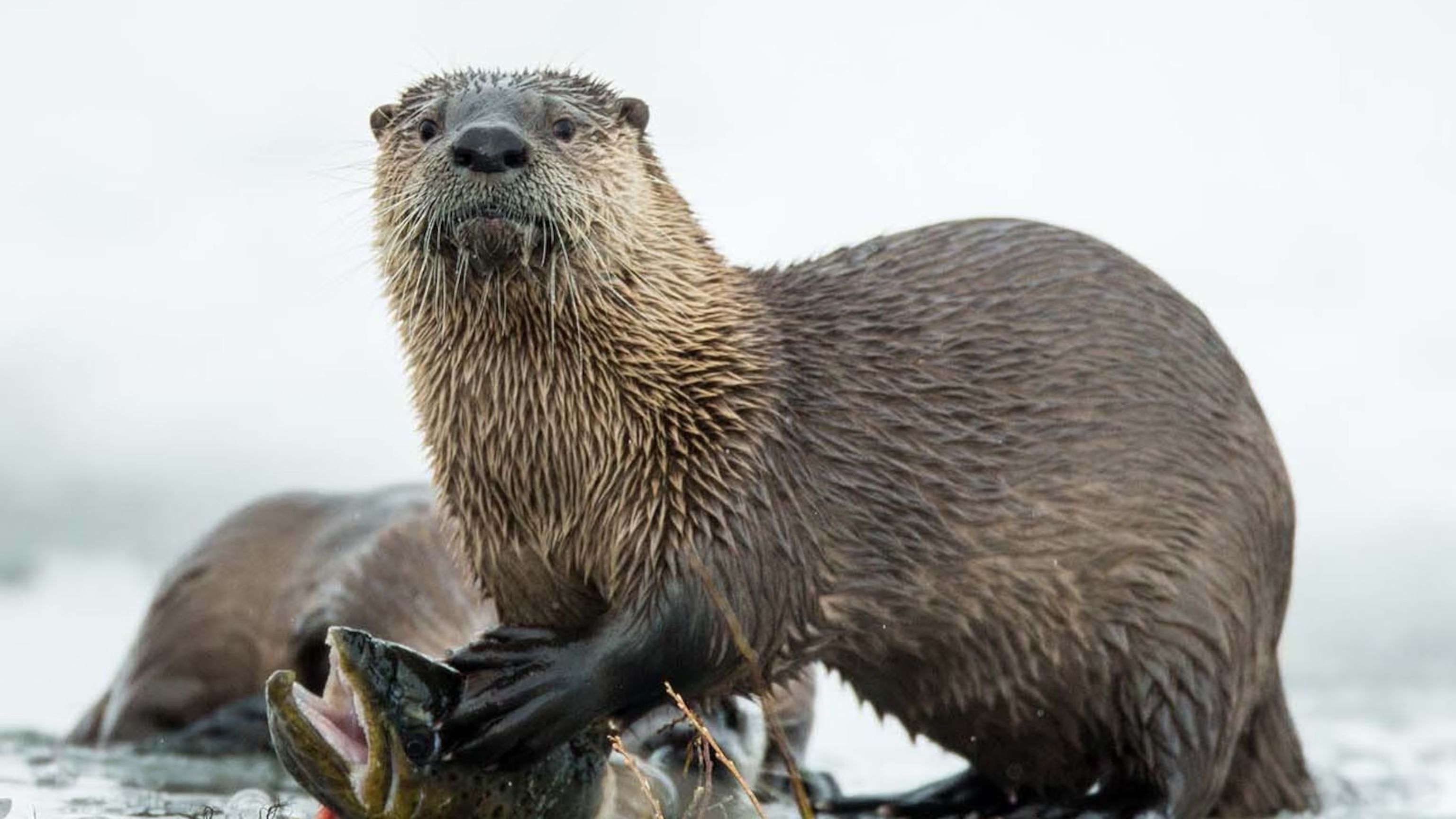
Pet otters can live very differently than their wild cousins for many reasons. Even though otters live pretty long lives in the wild, a few things can shorten their lives when they are kept as pets.
1. Getting to Veterinary Care
It is essential for pet otters’ health and longevity that trained veterinarians know how to care for them. Regular checkups, vaccinations, and quick medical care for health problems can achieve a longer and better life.
2. Social and Behavioral Factors
Otters are naturally social animals; their health rests on having friends and keeping their minds active. Having suitable otter friends or enough human contact is essential for their mental health and can affect how long they live.
3. Care for People and Dedication
How much care and dedication otter owners show significantly affects how long their pets live. Responsible ownership, which means meeting the otters’ physical, social, and mental needs, helps them live longer and happier lives in captivity.
Do Otters Attack People?
People don’t usually have to worry about otters being mean to people. Their behavior can change, though, just like the behavior of any wild or semi-wild animal.
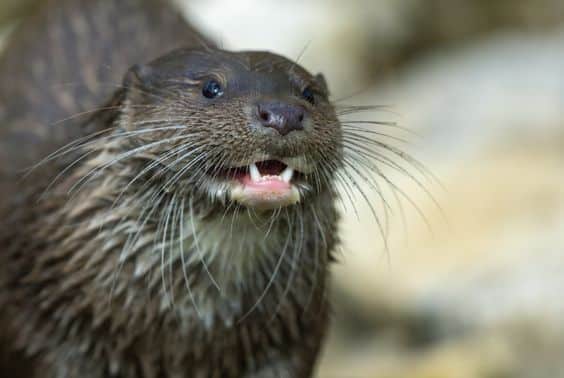
1. Behaviors that are Meant to Protect
Otters may become defensive in the wild if they feel attacked or trapped. When this happens, they might make noises or stand in protective positions to scare off possible threats. People need to accept other people’s space in their natural habitats so they don’t get defensive.
2. Protective Mothers
Female otters, especially those with young ones, can be protective and may fight back if they think their young ones are in danger. Keeping a safe distance from otter families in the wild is the best way to avoid getting into a fight.
Sexual Life of Otters: Mating and Having Babies
Like many other animals, otters have exciting ways of reproducing that are necessary for their species to stay alive. Their reproductive cycles change with the seasons, often linked to food supply and weather. When it’s time to breed, male otters may become territorial and do courtship actions.
Once the courtship is over, mating takes place in the water. Female otters have their pups in underground dens near water after being pregnant for two to three months. These animals care about their young and depend on their mothers to care for and protect them until they are ready to start eating real food. These actions are significant for otter groups to stay alive in the wild.
Finding Out How Many Otters Live in The World
Evaluating the number of otters worldwide is a difficult job that needs the help of researchers, conservation groups, and government bodies. Conservationists use a range of tools, such as camera traps, field surveys, and genetic analysis, to figure out how many otters there are and to keep an eye on their health, where they live, and how natural factors affect their homes.
These attempts are significant for creating applicable conservation plans to safeguard these fantastic animals and their environment.
Conclusion
There’s no doubt of having an otter as a pet, but the truth is more complicated. Otter ownership comes with moral, legal, and practical problems, like ensuring they get enough food and getting along with other animals. It is essential to know how to navigate the justice system.
Being a responsible owner takes money. Ultimately, supporting otter protection and enjoying these animals in their natural environments is often best. We help protect otters and their valuable ecosystems for future generations by doing this, making the world a place where otters can live in their natural, wild environment.
This way, otters will be safe and healthy and also respect their natural home in the world.
Frequently Asked Questions
Can I Have an Otter as a Pet?
It depends on the country/area whether or not you can have an otter as a pet. Learning about and following the local and national rules and laws about animal welfare and the environment is essential.
What are Some Hard Things About Taking Care of Pet Otters?
When keeping otters as pets, please ensure they get the right food, find good homes, have friends, and follow the law. Care for these animals requires many proper tools, skills, and time.
Does Having Otters as Pets Pose Any Health Risks?
Zoonoses are diseases that can be passed from animals to people. Otters can carry these diseases. They are cleaned up after touching otters, where they are in the wild or have complicated dietary needs and need to be able to get medical care, which can be bad for their owners’ health.

